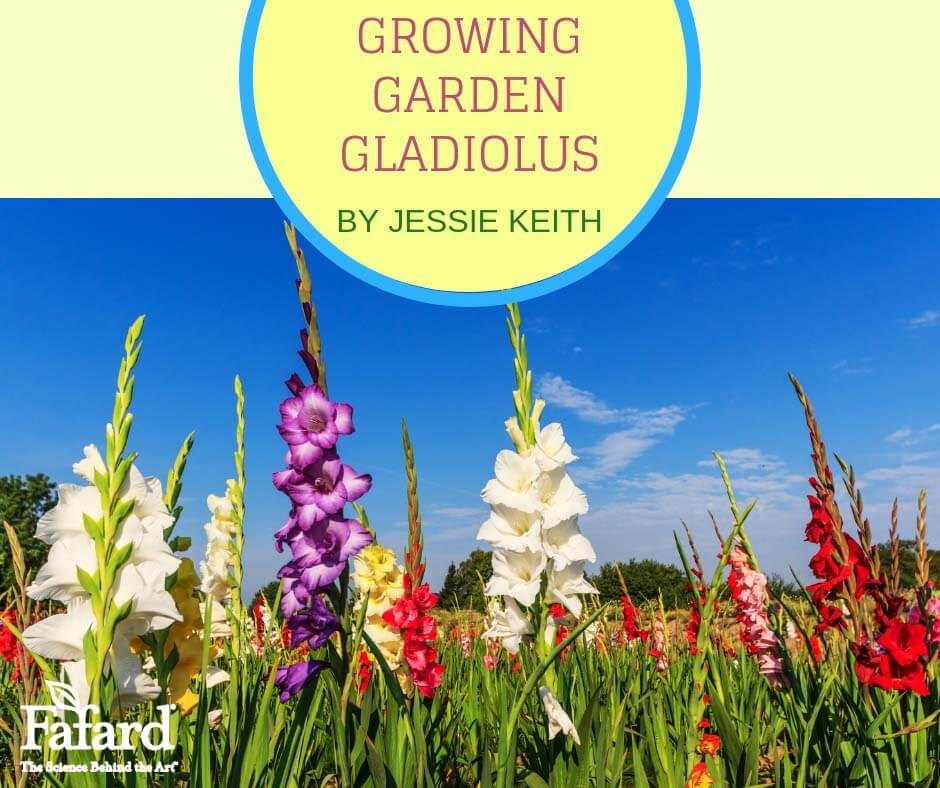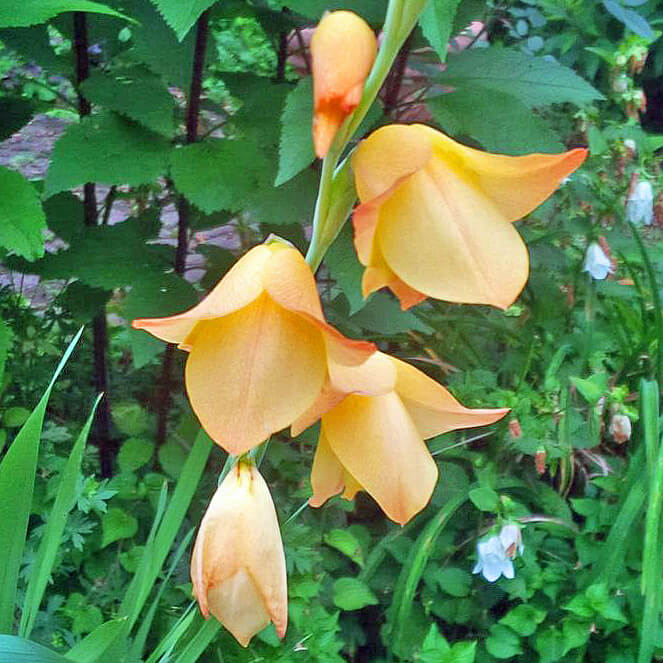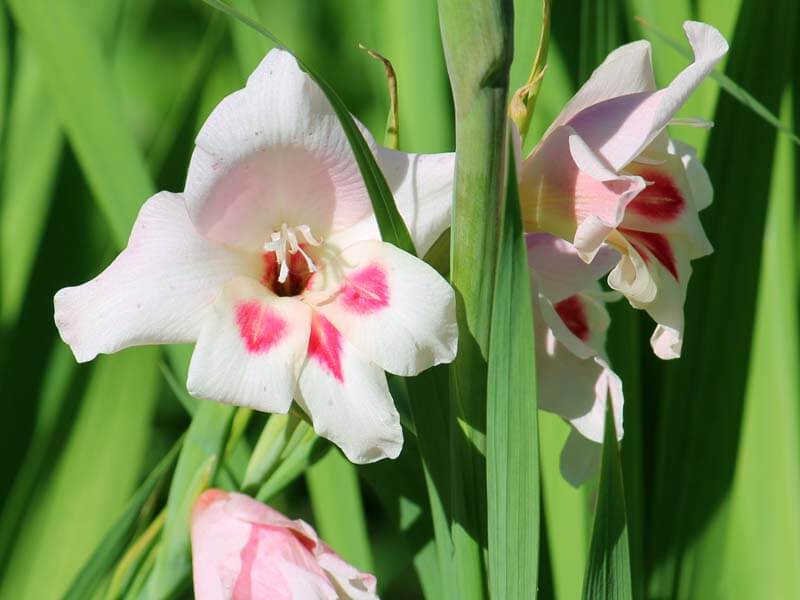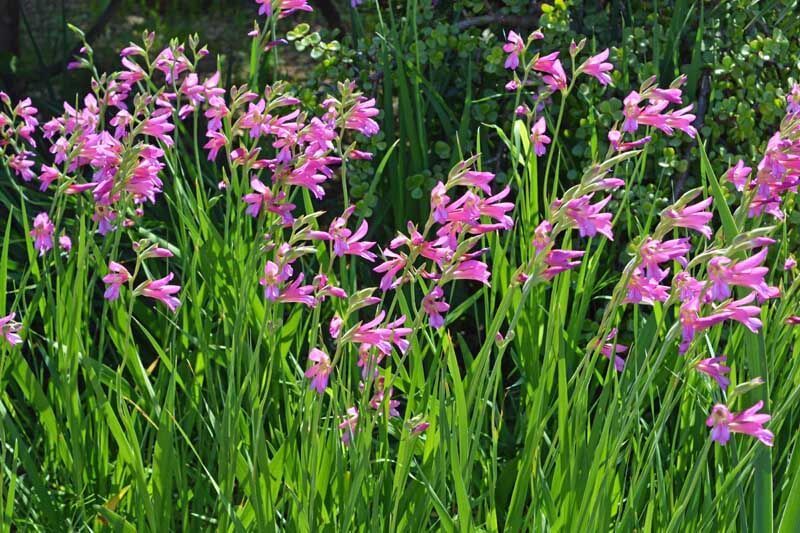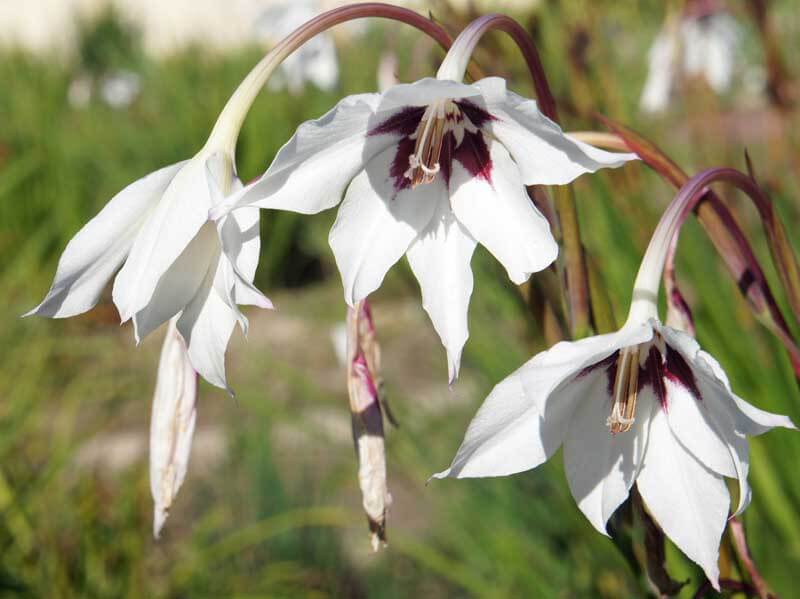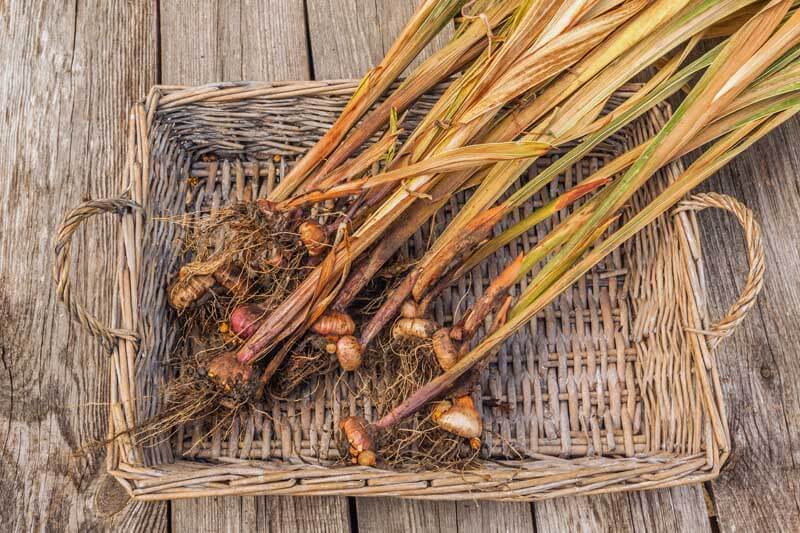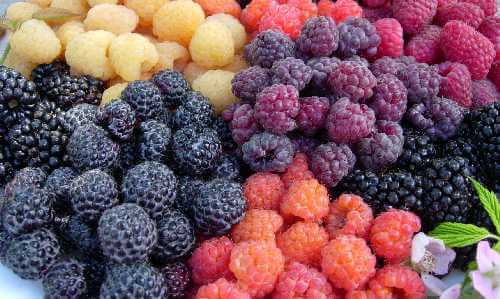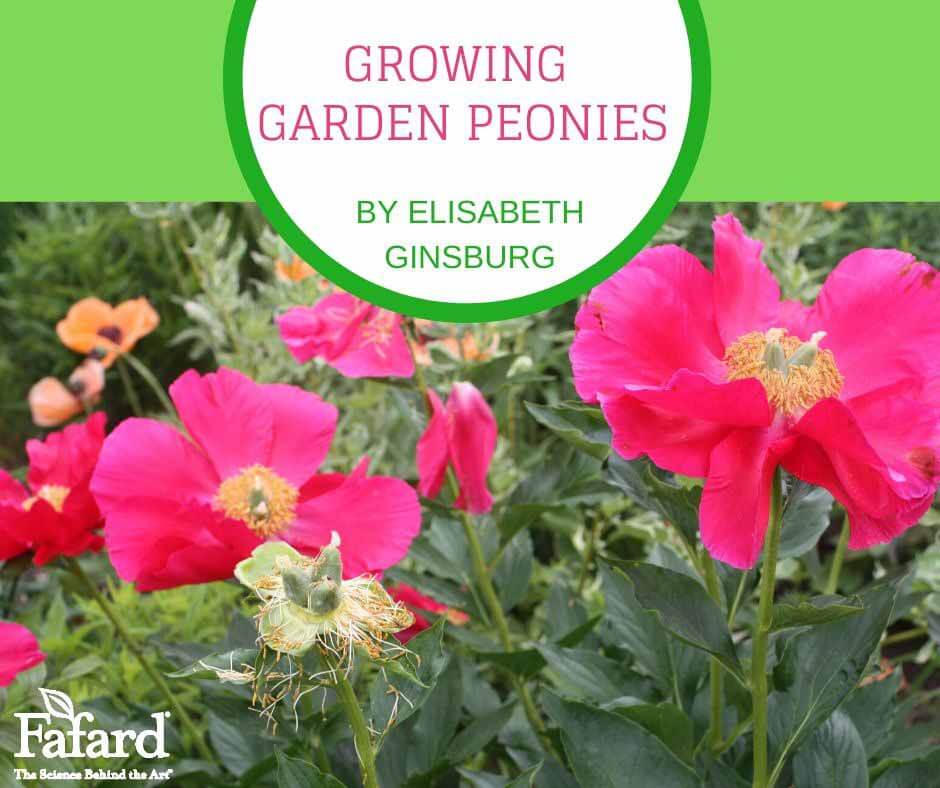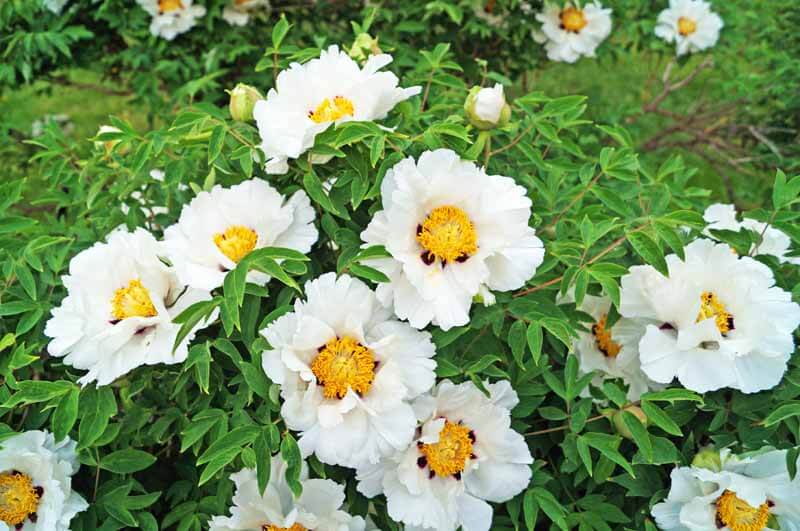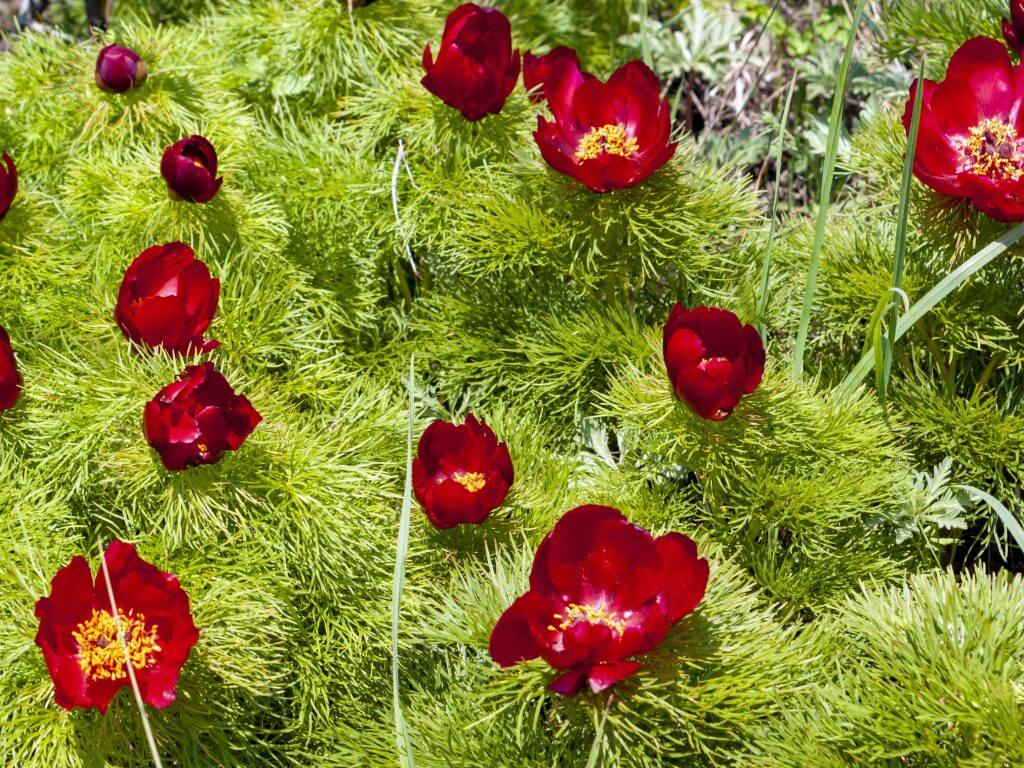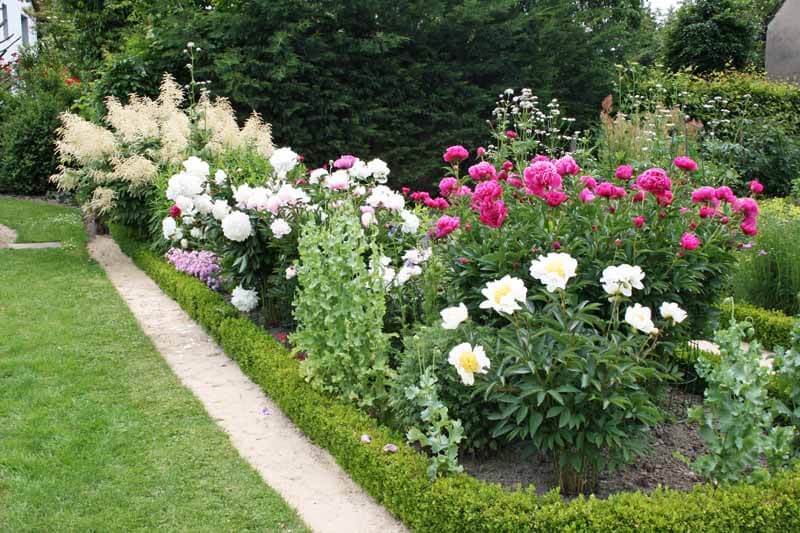
Fall has emerged as a full-blown “third season” for gardeners, with as much color and interest as spring and summer. Cooler temperatures make it easier to work outside and the fall garden renaissance has created an array of new plants to join the old standbys. Among those new and newly rediscovered plants are many ornamental grasses that are at their best in the fall, flowering boldly in containers, beds, and borders. Some, like members of the eulalia (Miscanthus spp.) clan, grow high and wide and need generous amounts of garden space. Others, including smaller varieties of fountain grass genus (Pennisetum spp.) fit nicely in containers. Many ornamental grasses are on display right now at garden centers and nurseries.

Colorful Foxtail Grass
Fountain grass (Pennisetum spp.) is characterized by colorful fall flower heads that resemble fox tails or small bottle brushes. Borne on supple stems, the flower heads arch outward from the foliage clump like the spray from a fountain. The alopecuroides species is one of the best-known fountain grasses, with long, slender foliage forming rounded clumps that may grow up to 5 feet high and wide. About the time the pinkish white flower heads reach their peak in fall, the foliage changes from green to gold, or even red, in the case of the ‘Burgundy Bunny’ variety. Depending on the variety, fountain grass flower heads may be shades of white, rosy pink or even purple. Sun-loving pennisetums will tolerate both wet and dry soil conditions, making them perfect for rain gardens, bioswales or low spots in the landscape. Smaller varieties, like the white-flowered ‘Little Bunny,’ make excellent container plants, topping out at 18 inches tall.
Pink Muhly Grass
Muhlenbergia capillaris is a daunting name for a grass that shines in the early fall garden. Better known as “pink muhly grass,” the plants grow up to 3 feet tall and wide, forming a mound. As fall approaches, muhly grass undergoes a Cinderella-like transformation, bursting forth into a cloud of soft pink flowers that persist on the plant into the winter. Though the color fades as the cold sets in, the cloud effect creates continuing garden interest. All muhly grass is undemanding, asking only a sunny or lightly shaded situation and an annual pruning in early spring. The grass is tolerant of a wide variety of conditions but thrives best in acid soil. If your soil is neutral or alkaline, add an acidic soil amendment, like Fafard Sphagnum Peat Moss, for best results.

Hakone Grass
Petite, eye-catching Hakone grass (Hakonechloa macra) has long been a favorite of shade lovers and container gardeners. Growing between 8 and 16 inches tall and equally wide, depending on variety, Hakone mounds neatly with graceful, cascading fronds. The plants spread by underground rhizomes, with the potential to create a tough, but well-mannered ground cover. The species features distinctive, bright green foliage in every season, but for fall interest, it is hard to beat ‘Naomi,’ a variegated variety that sports white stripes on each golden-green leaf. Cool weather turns the green to purple, adding a new color dimension to the garden scheme.
Switchgrass

Switchgrass (Panicum virgatum) is a strong, vertical garden accent any time, growing 3 to 6 feet tall and half as wide in sunny or partly shady conditions. Many varieties of this refined grass feature green or blue-green foliage that turns golden beige in the fall, but some also offer added color. Cultivars like ‘Shenandoah’ bear foliage that emerges blue-green, turns red in summer and is complemented by delicate red flower spikes that mature to gold in the fall and persist into winter. Foliage color and the rate at which that color changes in the fall varies according to the amount of sun exposure the plants receive.
Other Great Ornamental Grasses
The universe of ornamental grasses grows larger every year, with many types, from little ‘Elijah Blue’ fescue (Festuca cinerea) to tall ‘Karl Foerster’ feather reed grass (Calamagrostis spp.), offering strong statements from spring through the end of the growing season. Space and imagination are the gardener’s only limitations.





